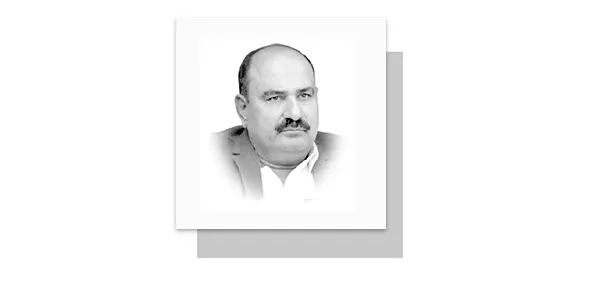THE federal budget for 2025–26, announced on June 10, presents a picture of economic restraint coupled with a sense of social responsibility.
With a total outlay of Rs 17.57 trillion—slightly down from last year’s Rs 18.9 trillion—the government claims it has prioritized relief for citizens while addressing economic reform challenges.
However, for many low-income Pakistanis, the impact remains layered and complex.
Among the notable features of the budget is the reduction in income tax for salaried individuals.
Those earning between Rs 600,000 and Rs 1.2 million annually will now pay just 2.5%, down from 5%, while those in the Rs 1.2 to Rs 2.2 million bracket will pay 11% instead of 15%.
These reductions offer some relief for salaried individuals, though their reach remains limited to those already within the tax net.
A more inclusive measure is the increased allocation to the Benazir Income Support Programme (BISP), now at Rs 716 billion—up 21% from last year.
With plans to support around 10 million families and extend cash stipends to over 12 million schoolchildren, this initiative reflects a commitment to aiding vulnerable communities and addressing growing inequality.
At the same time, rationalization of subsidies, especially on electricity and fuel, has been undertaken.
These have been reduced from Rs 1.38 trillion to Rs 1.18 trillion, a move aligned with fiscal discipline.
While necessary, this shift may lead to higher household and transport costs, especially for lower-income families.
Defence spending has been increased by 20%, from Rs 2.12 trillion to Rs 2.55 trillion, reflecting ongoing regional security challenges.
While this rise addresses pressing strategic needs, it also highlights the need for a balanced approach to funding critical sectors such as education, healthcare and job creation.
A substantial portion of the budget—Rs 8.2 trillion—is allocated for interest payments, underscoring the significance of managing debt obligations.
This figure, nearly half of all federal expenditures, limits fiscal space for development.
The Public Sector Development Programme (PSDP), by comparison, has been allocated Rs 1 trillion.
Going forward, aligning debt servicing with developmental needs will be key.
The government has set a tax collection target of Rs 14.13 trillion for the Federal Board of Revenue (FBR).
To achieve this, reforms including AI-driven audits, digital invoicing and stricter enforcement are planned.
Expanding the tax base remains crucial to making the system more equitable and sustainable.
The projected GDP growth of 4.2% is a positive signal, but real progress depends on parallel efforts to stimulate job creation, particularly in agriculture and small industries.
A focus on employment can amplify the benefits of macroeconomic stability.
Finally, fiscal reforms aligned with international commitments—particularly those associated with financial institutions—have shaped the budget’s structure.
These measures aim to ensure economic stability and restore investor confidence.
In sum, the 2025–26 budget attempts to balance economic prudence with social care.
It offers targeted relief through tax adjustments and social support while navigating broader economic constraints.
Though challenges persist, the budget outlines a framework that, with consistent implementation, holds potential to strengthen resilience and lay groundwork for inclusive growth.
—The writer is former Regional Executive Inclusive Development at NBP, Mirpur AK. (aahmadofpaswal@yahoo.com)


















